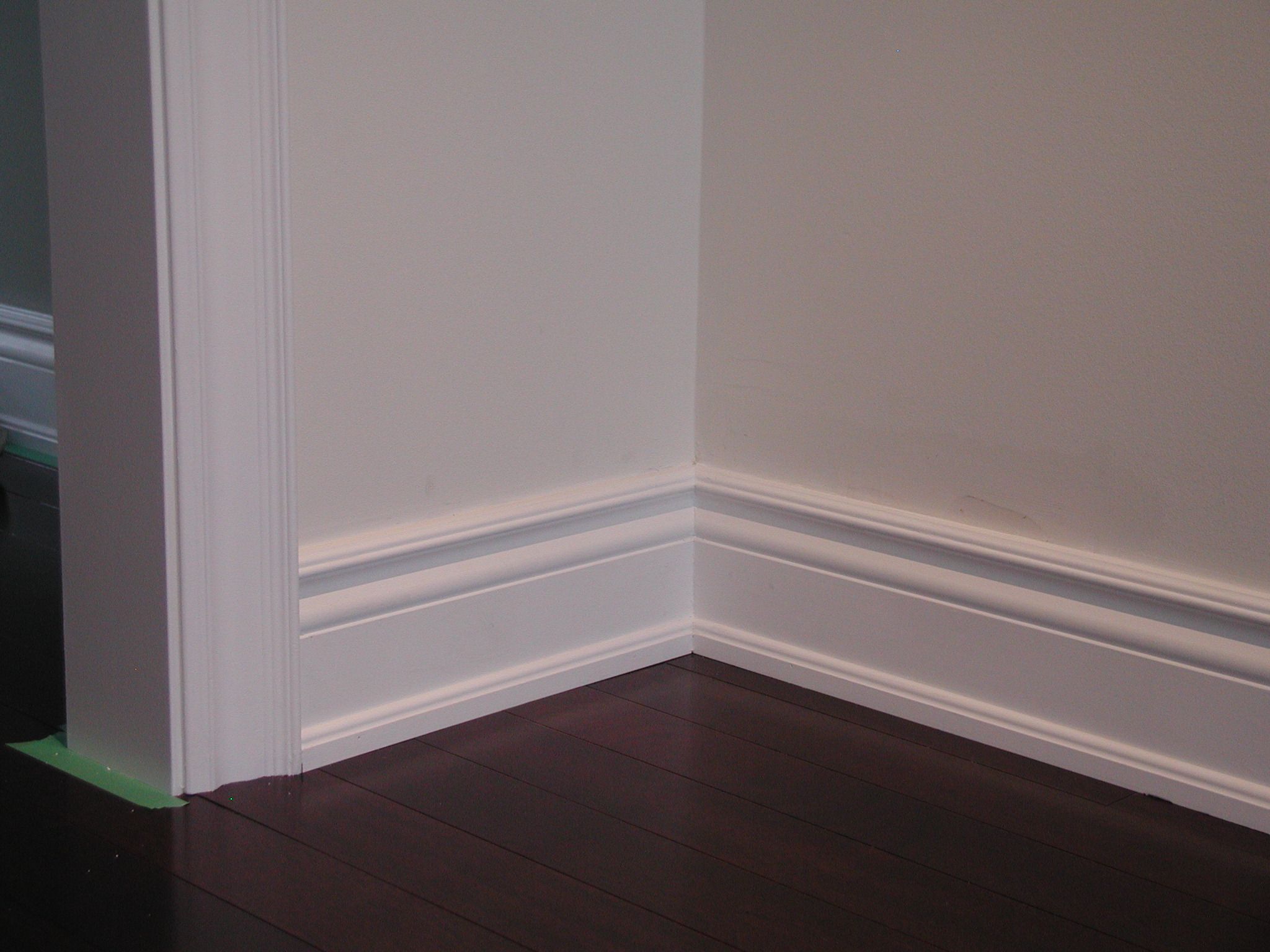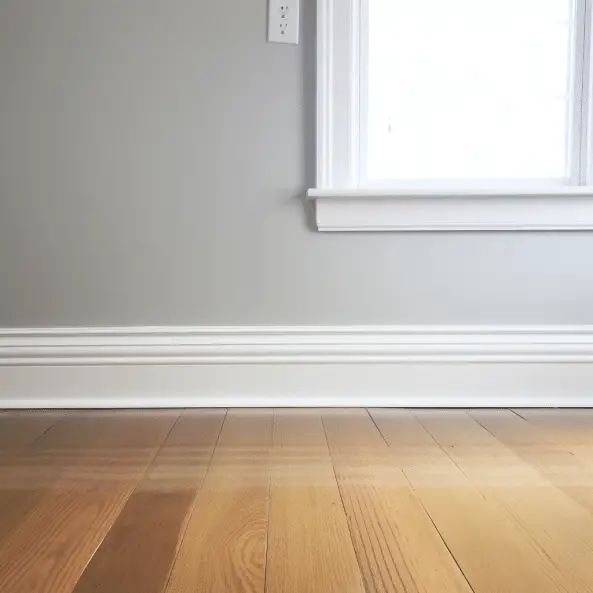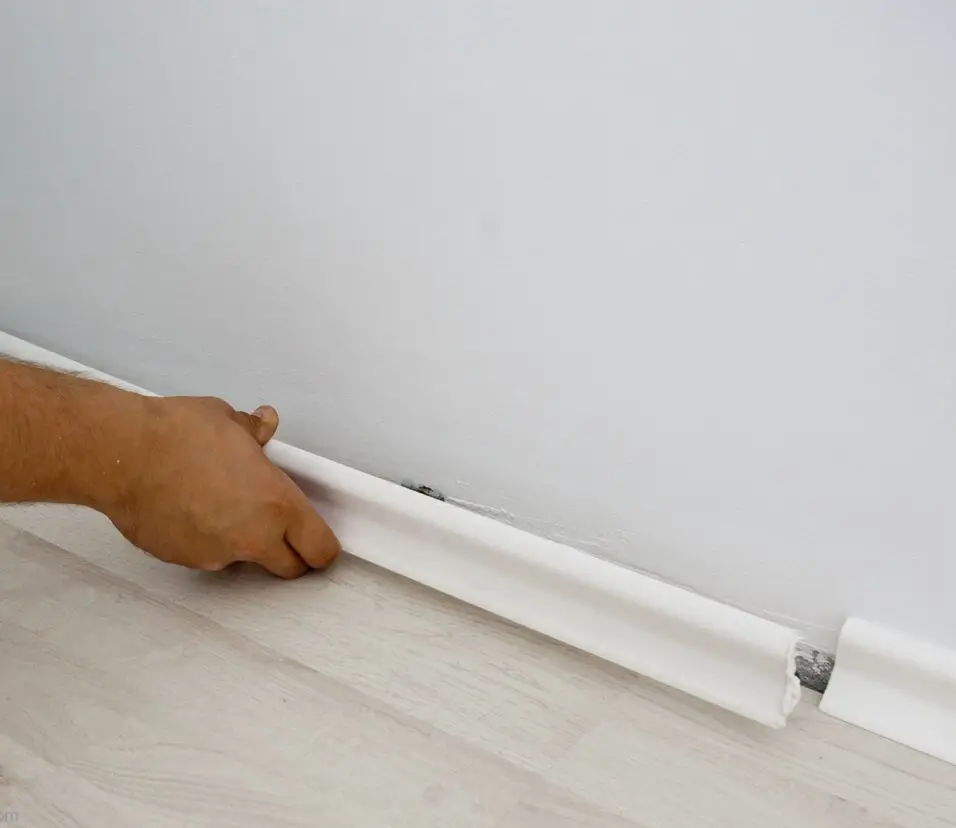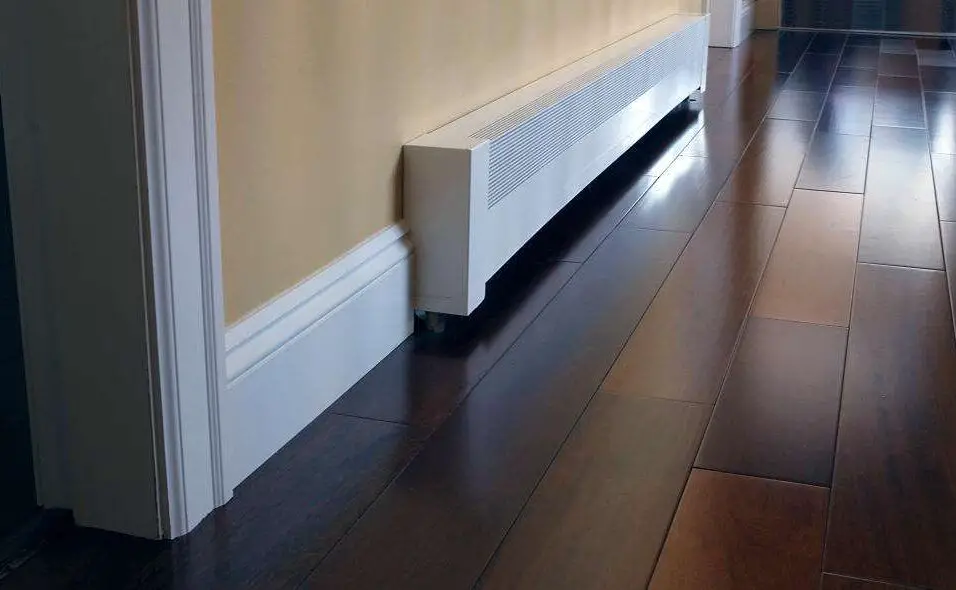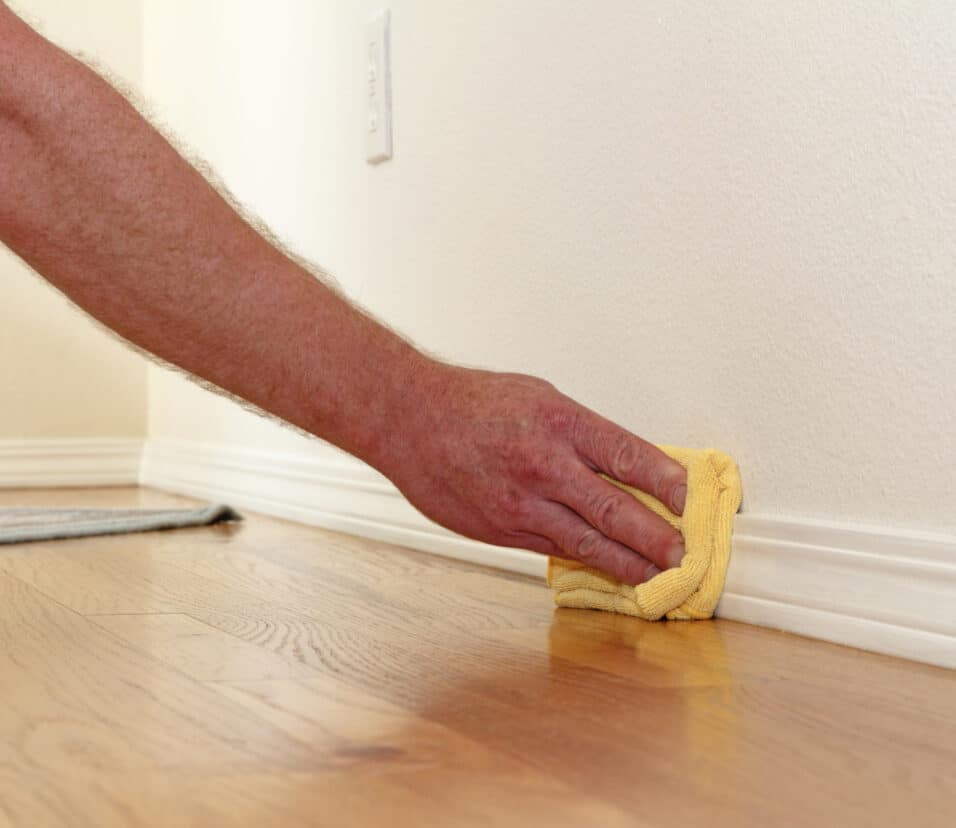What Is The Purpose Of Baseboards
Introduction
What Is The Purpose Of Baseboards: When it comes to home décor and design, every detail matters. From the color of the walls to the furniture arrangement, homeowners strive to create a space that is both functional and visually appealing. One often overlooked element that can make a significant difference in the overall look and feel of a room is baseboards. These long, narrow boards that run along the bottom of walls serve both practical and aesthetic purposes, adding a finishing touch to any space.
Practically speaking, baseboards heater serve as a protective barrier between the wall and the floor. They help to prevent damage to the walls from furniture, vacuum cleaners, and other household items that may come into contact with the walls. Without baseboards, the walls would be more susceptible to scratches, dents, and scuff marks, leading to a less polished and well-maintained appearance. Additionally, baseboards can help to conceal any imperfections or gaps between the wall and the floor, creating a seamless and cohesive look.
Borders can change how a room looks. Some rooms don’t look right if they have a high ceiling or a lot of empty walls. Baseboards come in a lot of different sizes, shapes, and colors, so people can find ones that match their existing style or make their own. If you want a baseboard, you can get one that is traditional, medieval, or sleek and modern.
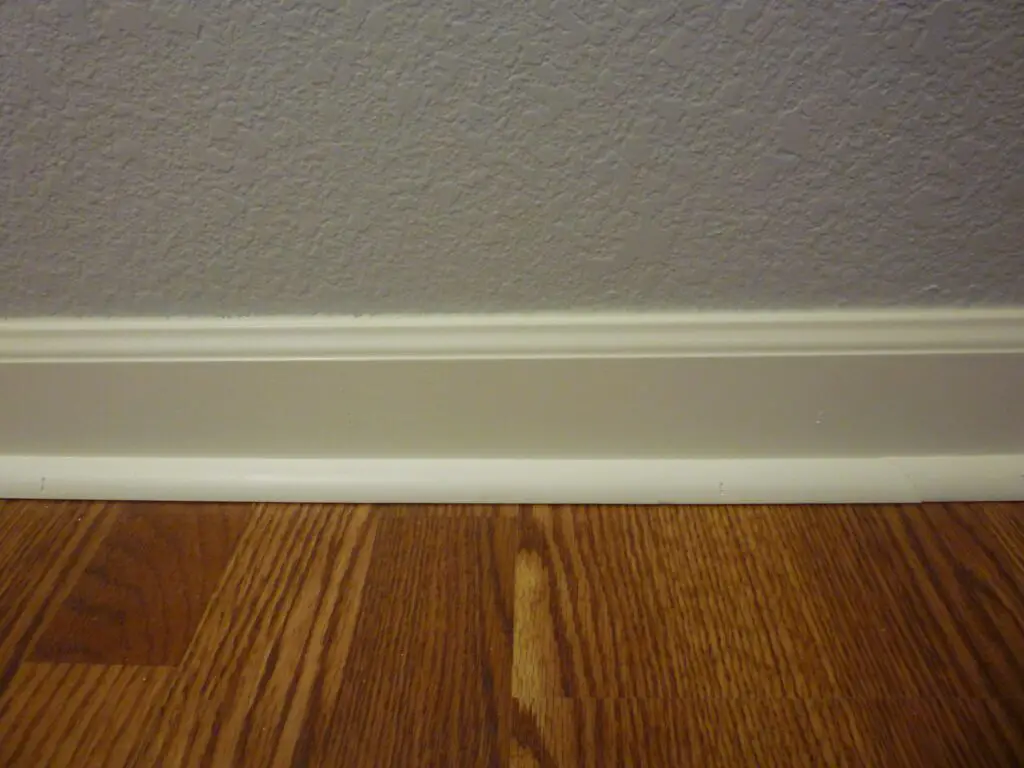
Why do you need baseboards?
They protect the wall from spills on the floor. They keep floor debris off of the walls. Baseboards should be traditional.
You need borders in every room. They are important in any setting because they look good and work well. Baseboards finish building new or fixing up old homes.
The baseboards protect the walls first. They keep furniture, vacuums, and other things from scratching the walls and floors. Without borders, wall scratches, dents, and scrapes cost more. Baseboards smooth out and hide flaws in the walls and floors.
Baseboards are in the rooms. Inside baseboards come in a lot of different shapes, sizes, and finishes. All styles can be met with both traditional and modern baseboards. For visual interest, you can paint baseboards to match or contrast with the walls.
Baseboards can help outline the architecture of a room. There are links between home rooms and areas. Baseboards in Victorian houses may be very detailed. In modern homes, baseboards may be simple and clean. For interior planning, you need baseboards. Wallpaper makes your home look better. When you build or remodel a house, baseboards make it better.
Can you go without baseboards?
Modern styles are simple and don’t have baseboards. It’s mostly about wall safety that there aren’t enough brooms and vacuums. Placing bookcases against walls makes quiet places better.
Baseboards give many homes style and usefulness. To cover up holes between the floor and walls at the base of the walls. Baseboards separate chairs, vacuums, and other things from the walls. Last touches can also make a room look better.
Baseboards might not be necessary. Today, minimalism is all about clean lines and keeping things simple. Getting rid of the baseboards gives the room a clean, modern look that makes other design elements stand out. Without borders, the walls and floors blend together, making the room look nice.
Another reason to skip borders is to save money. It might cost more to build or fix up good baseboards. When homes take out their baseboards, they can buy more carpeting and furniture.
It’s dangerous to take off a baseboard. Without walls, wall-to-floor hookups are dangerous. Chips and scratches are bad for walls. Without baseboards, it’s hard to hide things like power in the wall.
While some homes might be fine without them, most do. Homeowners should think about the pros and cons before decorating or saving. In small rooms, baseboards are not needed.
What is used for baseboards?
Hardwoods come lacquered or unfinished so they can be stained, but softwood borders with finger joints are already painted. Cover the borders with tiles. You can get replacement or front baseboard heaters.
Baseboards need to look good and work well. Any area is shined when the wall-floor joint is covered. Baseboards separate chairs, vacuums, and other things from the walls. Different types of baseboard materials have pros and cons.
Wood is often used for baseboards. You can make wood borders look like any style by painting or staining them. Baseboard sizes are up to the homeowner. Baseboards made of wood last every day. They might cost more and need to be maintained to work best.
A lot of people like MDF borders. MDF borders are strong because the wood fibers and resin are broken down. They come in many sizes and are less expensive than wood borders. It’s easy to put up and paint MDF borders. Water can expand or contract them, but not wood borders.
Polyvinyl chloride is another type of baseboard. For bathrooms, kitchens, and other places with a lot of wetness, PVC baseboards are light, long-lasting, and don’t get damaged by water. The designs can be any color, and they come in different sizes. Use a wet cloth or sponge to clean PVC baseboards. They might be more expensive and not look as good as MDF or wood borders.
Baseboards add style and function to interior design. Each type of baseboard—wood, MDF, or PVC—has pros and cons. Price, style, and room all play a role in choosing a material.
What can I use instead of baseboards?
5 Alternatives to Baseboards That Don’t Skimp on Charm
- Rubber Base Molding. Best for: Withstanding heavy foot traffic.
- Reglet Trim. Best for: Adding high-end elegance to new construction homes.
- Vinyl Wall Base. Best for: Protecting high-use areas for less than reglet.
- Porcelain Tile.
- Wood Quarter Round.
Baseboards are a common feature in many homes, and they look good and serve a purpose. They finish off the bottom of walls and keep them from getting damaged by furniture, vacuum cleaners, and other things used around the house. But there are times when using borders might not be possible or even a good idea. When this happens, there are a few things that can be used instead of borders.
Crown molding can be used instead of borders.
Crown molding is usually put up where the walls meet the ceiling at the top. A bit of class and elegance is added to the room, and it also acts as a transition between the wall and ceiling. Crown molding can be made from wood, plaster, or polyurethane, among other things. It also comes in a lot of different styles and patterns to match any home decor.
You could also use quarter round shaping. Quarter round molding is a small, round piece of trim that is put on the bottom of walls. Lots of the time, it’s used to fill in the space between floors that aren’t hardwood or concrete to make the floor look better. There are different sizes and finishes of quarter round molding, so it can be changed to match the floor and the room’s general style.
Wall stickers or wallpaper borders can also be used instead of boarders to make a room look nicer. Because they come in different colors, styles, and patterns, these choices let you be creative and make them your own. Wall decals are stickers that stick to the wall and are easy to take off. They are a brief way to make a room look more interesting. On the other hand, wallpaper borders are strips of wallpaper that can be put along the top or bottom of walls to make a pretty border.
Lastly, you can use paint or colors that are different from each other instead of borders. You can get a look like borders by painting the bottom part of the wall a different color or using colors that are different from the floor and the wall. When a clean, seamless look is what you want, this choice is perfect for modern or minimalist designs.
What is the difference between baseboard and trim?
The Difference Between Baseboard and Trim, for Finish Carpentry Baseboard is the wood (or other material) board that runs between the floor and the wall. It usually is between 3”-8” and comes in a variety of materials and profiles. Trim is a broad term that encompasses baseboard and other trim throughout the home.
Baseboard and trim are two terms that are often used interchangeably when referring to the decorative elements that are installed along the bottom of walls. However, there are some key differences between the two.
Put down baseboard where the floor meets the walls. This is mostly the last piece of the wall-to-floor connection. You can get good borders from wood, PVC, and MDF. People can match their decor with different shapes and sizes.
Trim goes around windows, doors, and other spaces. Looks better and is more finished. Baseboard trim comes in different sizes. You can choose from chair rails, crown molding, and wainscoting.
It’s easy to change the trim and floor. Baseboards along the bottom of walls and trim around openings. Baseboards hide the joint between the floor and wall, and trim decorates things like windows, doors, and so on.
The floor and trim are the same. Trim decorates the doors to rooms, and baseboard keeps the links between the walls and floors safe. Homeowners can choose better goods when they know the difference.
Floor-to-wall joints are hidden by baseboards. Their style and usefulness make a room better. Furniture and vacuums can’t damage walls because of baseboards. These cover up gaps between the floor and walls, making the space look better. Basboards make rooms look better. Visual interest and detail beautify a simple wall. For home decor, baseboards come in different styles, sizes, and materials.
How do baseboards contribute to the overall aesthetics of a room?
Baseboards play a crucial role in enhancing the overall aesthetics of a room. They provide a finishing touch to the walls and floors, creating a polished and cohesive look. Baseboards can be used to add architectural interest and detail to a space, making it feel more visually appealing and well-designed.
Additionally, baseboards can help to tie together the different elements in a room. They can be painted or stained to match the color scheme of the walls or the flooring, creating a harmonious and balanced look. By choosing the right style and size of baseboards, homeowners can elevate the overall design of their space and create a more visually pleasing environment.
What are the functional benefits of installing baseboards?
Installing baseboards offers several functional benefits. One of the main advantages is that they help to protect the bottom of the wall from damage. Baseboards act as a barrier, preventing furniture, vacuum cleaners, and other objects from directly hitting and scuffing the wall. This can help to extend the lifespan of the wall and reduce the need for frequent repairs or repainting.
Baseboards also serve to hide any gaps or imperfections between the wall and the floor. They create a smooth transition between the two surfaces, covering any unevenness or inconsistencies. This not only improves the overall appearance of the room but also helps to prevent dust and debris from accumulating in these gaps, making cleaning and maintenance easier.
Can baseboards help protect walls from damage?
Yes, baseboards can help protect walls from damage. They act as a buffer between the wall and any objects that may come into contact with it, such as furniture or vacuum cleaners. By absorbing the impact, baseboards help to prevent scratches, dents, and other forms of damage that can occur from accidental bumps or collisions.
In addition, baseboards can also protect walls from moisture and water damage. They create a barrier that prevents water from seeping into the wall, which can lead to mold growth, rot, and structural issues. By installing baseboards, homeowners can add an extra layer of protection to their walls and ensure their longevity.
Are there different types of baseboards available in the market?
Yes, there are various types of baseboards available in the market to suit different design preferences and budgets. Some common types include wood baseboards, MDF (medium-density fiberboard) baseboards, vinyl baseboards, and tile baseboards.
Wood baseboards are a popular choice for their natural beauty and durability. They can be stained or painted to match the room’s decor and come in different profiles and sizes. MDF baseboards are a more affordable option that offers a similar look to wood but with less resistance to moisture. Vinyl baseboards are moisture-resistant and easy to clean, making them suitable for areas prone to moisture, such as bathrooms. Tile baseboards are often used in bathrooms and kitchens, providing a seamless transition between the wall and the tiled floor.
How do baseboards contribute to the overall aesthetics of a room?
Baseboards play a crucial role in enhancing the overall aesthetics of a room. They serve as a finishing touch that adds a sense of completeness and elegance to the space. By covering the joint between the wall and the floor, baseboards create a visually appealing transition that can elevate the look of any room.
One way baseboards contribute to the aesthetics is by providing a decorative element. They come in various styles, sizes, and materials, allowing homeowners to choose the one that best complements their interior design. Whether it’s a simple and sleek baseboard or a more ornate and intricate one, these architectural details can significantly enhance the visual appeal of a room.
Additionally, baseboards can also help create a sense of proportion and balance in a space. They can visually anchor the room, making it feel more grounded and well-designed. The right baseboard choice can tie together the different elements of a room, such as the flooring, walls, and furniture, creating a cohesive and harmonious look.
What are the functional benefits of installing baseboards?
Baseboards can be used for many things. In the first place, they keep walls and floors from getting damaged when you clean or move furniture. This is very important in areas with lots of kids and pets. Baseboards hide the gaps between the floors and walls, making the area look clean and shiny.
Baseboards can hide wires and connections in the lower walls. There are lines behind these walls to make the room look better and keep people safe. Baseboards also cut down on sound from the walls and floors, which makes a room quieter and nicer.
Can baseboards help protect walls from damage?
Yes, baseboards can indeed help protect walls from damage. They act as a barrier between the wall and the floor, preventing furniture, vacuum cleaners, and other objects from directly hitting and scuffing the walls. Baseboards also provide a buffer zone that can absorb impact and prevent dents and scratches on the walls.
Baseboards can help protect walls from moisture damage. They create a seal between the floor and the wall, preventing water or spills from seeping into the wall and causing mold or rot. This is especially important in areas such as bathrooms or kitchens where water exposure is common.
By installing baseboards, you not only enhance the visual appeal of a room but also provide a practical solution to protect your walls from everyday wear and tear. So, whether you want to safeguard your walls from accidental bumps or prevent moisture-related issues, baseboards are an essential element to consider in any interior design project.
Are there different types of baseboards available in the market?
Yes, there are various types of baseboards available in the market to suit different styles and preferences. One popular type is the traditional baseboard, which is typically made of wood and features a simple, classic design. These baseboards are versatile and can be stained or painted to match the room’s decor. They are often used in traditional or rustic-style homes.
Another type of baseboard is the modern or contemporary baseboard, which is characterized by clean lines and minimalistic designs. These baseboards are often made of materials like MDF or PVC and are available in a range of finishes, such as matte or glossy. They are commonly used in modern or minimalist-style homes to create a sleek and streamlined look.
Additionally, there are also decorative baseboards available in the market. These baseboards feature intricate designs and patterns, adding a touch of elegance and sophistication to any room. They are often made of materials like plaster or polyurethane and can be painted or faux-finished to create a unique and personalized look. Decorative baseboards are commonly used in formal or luxurious-style homes.
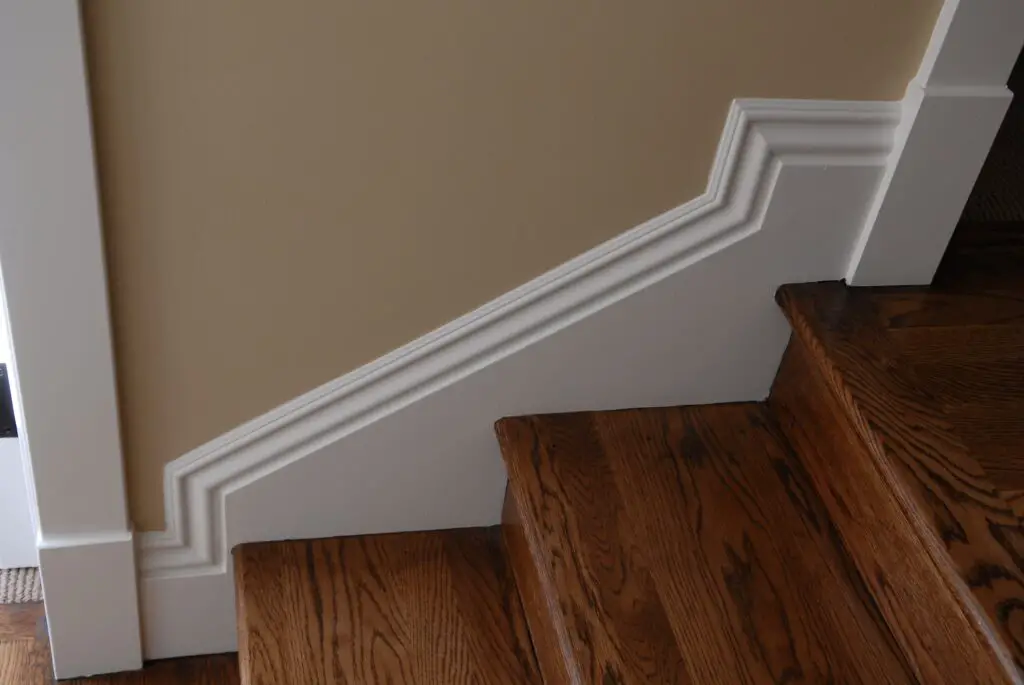
Conclusion
Baseboards serve both a functional and aesthetic purpose in a home or building. They are installed at the bottom of walls to cover the joint between the wall surface and the floor. This not only provides a finished look to the room but also protects the walls from damage caused by furniture, vacuum cleaners, and foot traffic. Additionally, baseboards can help to hide unsightly gaps or unevenness between the wall and floor, creating a more polished and cohesive appearance.
One of the main purposes of baseboards is to protect the walls from everyday wear and tear. Without baseboards, the walls would be more susceptible to scuffs, scratches, and dents caused by furniture being moved or bumped into. Baseboards molding act as a barrier, absorbing some of the impact and preventing direct contact between the wall and objects. This can significantly extend the lifespan of the walls and reduce the need for frequent repairs or repainting.
Another important function of baseboards is to conceal any gaps or imperfections between the wall and floor. During construction or over time, floors can settle or shift, resulting in unevenness or small gaps along the edges. Baseboards are designed to cover these imperfections, creating a smooth transition between the wall and floor. This not only enhances the overall appearance of the room but also prevents dust, debris, and insects from entering through these gaps.



